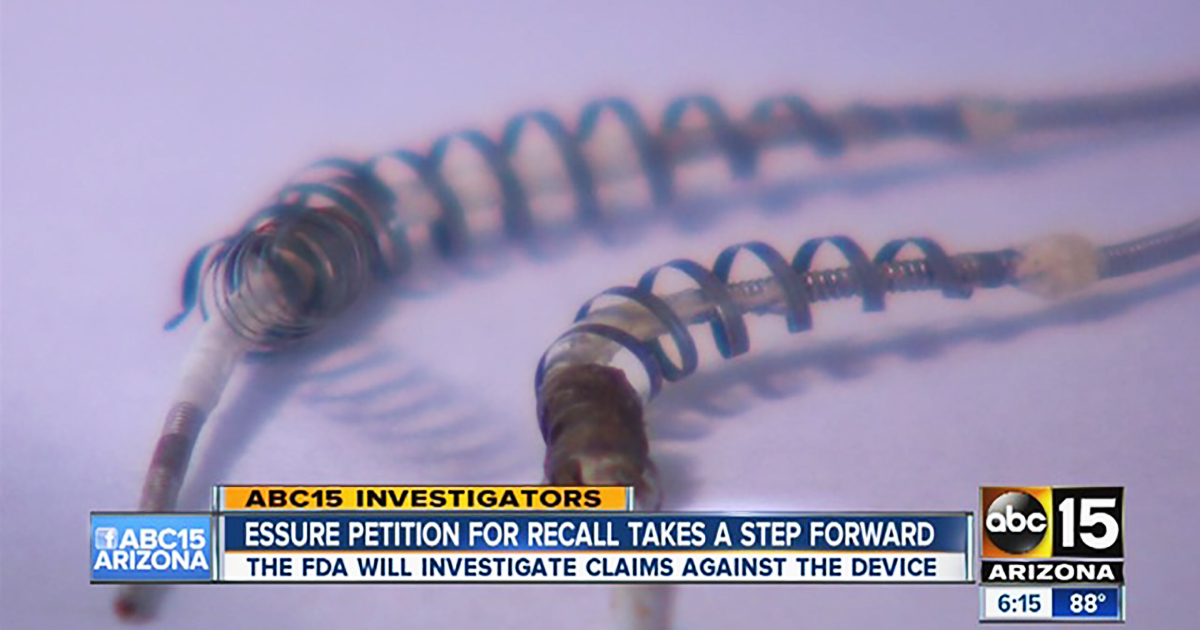A lawsuit lodged against the New York Police Department over their use of sound cannons can move forward, according to a federal judge who believes there is merit to the claim that the cannons can be used as a weapon.
The NYPD have argued that their use of sound cannons are not a show of “force,” but rather a tool for communication. According to the NYPD:
“the LRAD is not an instrumentality of force, but a communication device . . . the officers’ creation of a sound that plaintiffs happened to hear cannot be considered ‘physical contact.'”
The language in that statement is incredible. The NYPD, as well as other police forces, use these incredibly loud, disturbing sound cannons, and when they are held accountable, claim that protesters “happened to hear” the cannons.
This pattern of using passive language to describe the active injury and attack on protesters and other victims of police violence is disturbing.
Working against the NYPD’s blame-game defense is the fact that the sound cannon itself was invented by and used by the military as a sound weapon. Since American police have obtained the cannons, they have been used repeatedly to disrupt organized protests.
Those who lodged the suit argue that the cannons were used to harm and disperse protesters surrounding a Black Lives Matter protest in 2014.
“The plaintiffs, two photojournalists, three protesters, and a videographer, say they experienced migraines and severe ringing in their ears in the immediate aftermath of the protest. Three reported experiencing continued ringing in their ears as of last August, and a fourth suffered nerve damage in his ear as a result of the blasts, according to the suit.”
The protest took place in December of that year after one of the officers involved in the death of Eric Garner was freed after a jury decided not to indict him.
The sound cannon emits frequencies up to 137 decibels. The human ear can experience hearing loss and damage beginning at just 85 decibels.
That the NYPD can argue the cannons couldn’t cause physical harm because their was no physical contact is simply absurd. As the plaintiffs show, the high-frequency pitch of the cannons caused both short and long-term injuries to those in attendance.
Judge Robert Sweet wrote that the cannons are “force,” and by being so, could potentially be misused. For this reason, the lawsuit has been allowed to move forward.




